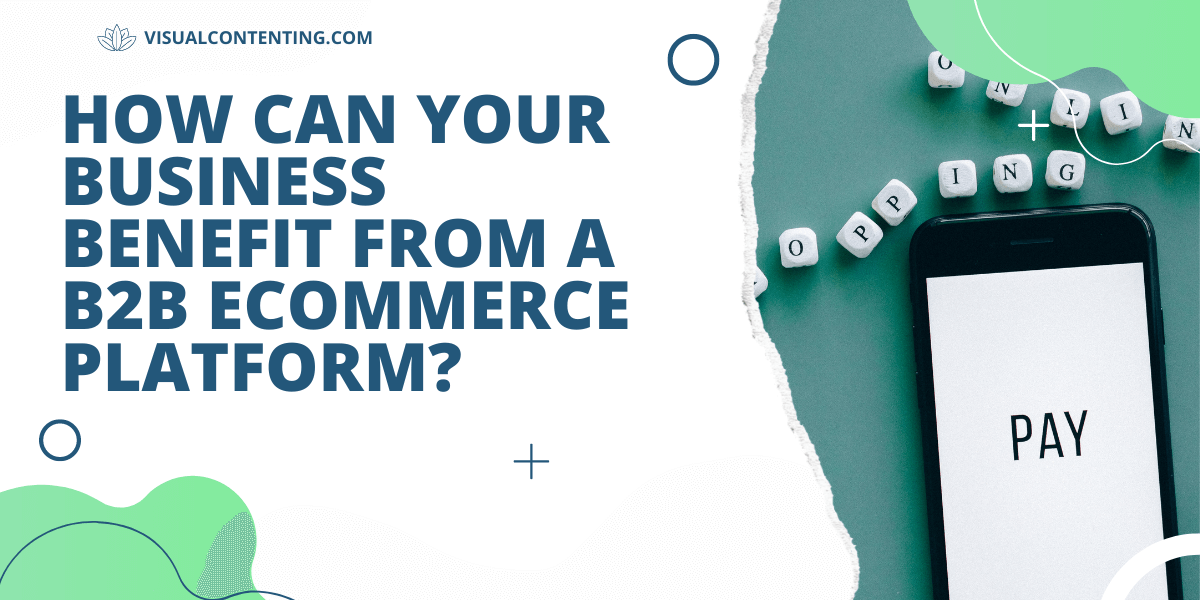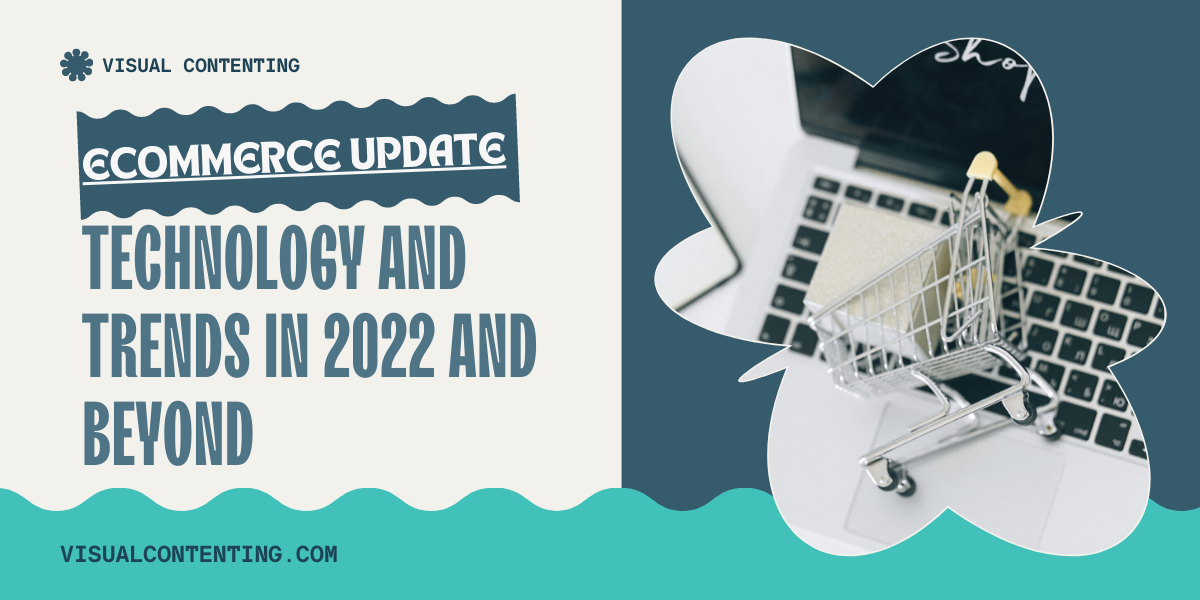Do you plan to take your brick and mortar store online? Whether you are an established or an upcoming online seller, you surely would know that selling online is an overwhelming task. Between finding customers, managing inventory, fulfilling orders, and keeping your customers satisfied - it can be quite challenging to keep track of everything.
This is where the right set of eCommerce tools come into play. They help in creating and leveraging systems that simplify the framework of your eCommerce store.
Here are five essential tools to help manage your eCommerce store in a better manner and improve your sales.
1. Shopping Cart
Customers come across hundreds of products on your website. It will be highly tedious if they have to manually go back to every product page that they have liked. Having a shopping cart on your eCommerce website saves the customers from this pain. This is why even the smallest online businesses have a shopping cart software on their site.
Let’s look at some of the benefits of having a shopping cart on your website.
- It enables customers to segregate the items they wish to buy and “add” them in a virtual shopping cart.
- The shopping cart software also calculates the sum of all products ordered, their respective shipping, handling, packaging costs, discounts, and taxes.
- It offers your web store enhanced security and streamlined order management, thus, protecting your customer data.
If you are an upcoming online seller, investing in the right shopping cart software is an absolute necessity.
The shopping cart needs to possess certain vital features:
- A reliable and secure interface with seamless integration.
- Allows web stores to accept credit, debit cards and other modes of payments.
- The option to customize the shopping cart as per your business needs.
Shopping cart eCommerce tools range from free options like WooCommerce to more advanced eCommerce solutions, such as Magento, Shopify, Squarespace, and BigCommerce.
2. Live Chat
According to Econsultancy, live chat for eCommerce lends the highest level of customer satisfaction of any support channel.
In the digitized world of today, customers are habituated to access information at jet speed. They expect answers to their queries at a rapid pace. Live chat resolves this issue for businesses by allowing customers to get their doubts cleared in no time. It is an easy and quick way to resolve customers issues and engage and convert website visitors to customers; increasing sales at the same time.
Customer communication through Live Chat is not only a bonus for your customers but also, an added advantage to your business. There are many live chat solutions available in the market. While all of them will claim to be good for your website, you have to be prudent while opting for one.
For instance, ProProfs Chat offers tons of useful services and benefits.
- You can give quality responses to your customers using ready-made templates and greetings.
- Adding live support chat on your websites is easy. Just copy and paste the Chat code on the web page and start chatting with customers in minutes.
- Installing a live support chat on your website helps you monitor and initiate conversations with site visitors, generate new leads with a pre-chat form, and improve conversions.
- You can easily brand and customize chat windows for each department separately; using custom logos, colors, fonts, and graphics.
- With the chat software, you can monitor website visitors in real-time to learn where they are coming from, who they are, and which pages they are viewing.
Having live chat software on your website is a must to improve customer experience and increase brand loyalty.
3. Payment Gateway
The success of an online store largely depends on the kind of payment gateway they use for transactions. If payments on your online store are not optimally set up, you could lose a lot of orders through sales drop-offs by unsatisfied customers. Your customers don’t want to end up spending a lot of money on transaction fees and costs.
There are a few aspects that you must consider while choosing a payment gateway.
- How much does the service cost?
- Is it safe and reliable?
- Is the payment gateway available for online store owners in your country?
- Does the payment gateway require you to have a merchant account?
E-commerce platforms such as Shopify and Shopee have integrated services but, online stores built from the ground need a third-party payment gateway, in case the website provider does not have a plugin available for it.
It is also wise to integrate more than one payment gateway on your website so that if one crashes or suffers a technical issue, other payment methods can instantly come in the picture without compromising on purchase and transactions.
4. Email Marketing Platforms and Tools
A lot has been said about the efficiency of email marketing. However, according to Omnisend, eCommerce emails bring in an average return of $0.71 per email in the US.
This may not sound like a lot when you are just sending one email but, take your entire mailing list and do the math, you will find that email marketing can have a huge impact on your eCommerce store.
Email marketing involves having an option on your website for your customers to fill in their names and email addresses. You can, thus, create a customer database. Sending well-designed, striking email newsletters to your customers about what you can offer them prompts them to come back for more.
Various features such as an embedded “Buy Now” button leads email marketing recipients directly to your online store. You can even personalize emails based on market segmentation. Companies can, thus, send out highly targeted emails to selected customers at a low cost.
The future of email marketing looks bright. Google already has “Pony Express”, the technology to allow customers to pay directly inside emails.
Email marketing is available for all kinds of e-commerce businesses at a relatively lower cost. Utilizing it the right way can reap heaps of benefits for your business.
5. Analytics
Data is the driver of any business. As an e-commerce company, you will have several questions:
- Who are your customers?
- Where are they coming from?
- What is bringing them to your web store?
This is where analytics comes in to play a crucial role. Your metrics derived from these eCommerce tools will go a long way to formulate your business strategy.
While it is good to have knowledge of your sales figures, it is even better to have knowledge of customer behavior, interests, location, and purchase history.
Predictive analytics tools will help you:
- Know what your customers are most likely to buy in advance.
- Determine the highest price a customer will pay for your product.
- Target recommendations and promotions.
- Practice better price management.
- Reduce fraud.
- Improve supply chain management.
- Enhance business intelligence.
Google Analytics is a free tool and easy to implement to track your consumer data.
Other popular but paid analytics tools include KISSmetrics, real-time analytics specialists Clicky, and the visual-centric Crazyegg.
Conclusion
By investing in the right set of tools, you can simplify the operations of your web store, increase efficiency, maximize customer acquisition, and retention. Make sure that you are not pumping money in the wrong set of eCommerce tools. Your e-commerce website may not require all the tools. It is, thus, better to have a fair idea of what might work for you.
Related Posts

Jared is a customer-support Specialist, a marketing evangelist and a book lover, associated with ProProfs Chat. Jared is passionate about customer support and loves to solve customers queries. He is always keen to develop new strategies to help customers seeking live chat assistance for a delightful experience.







